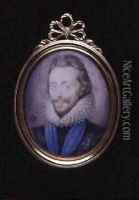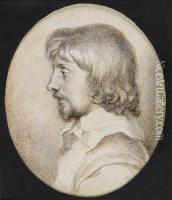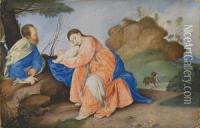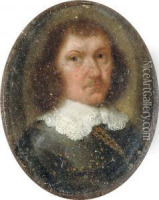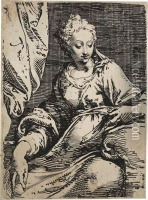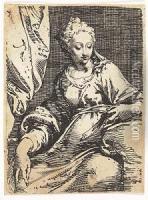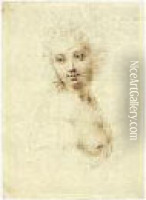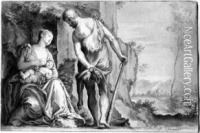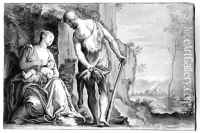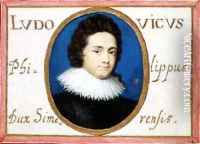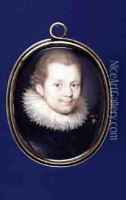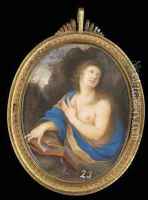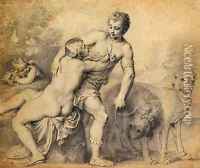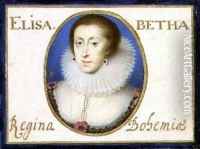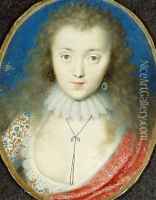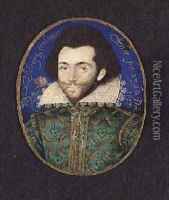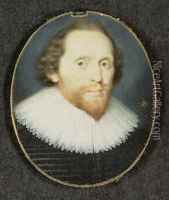Peter Oliver Paintings
Peter Oliver was an English miniaturist known for his finely painted portrait miniatures which were highly sought after in the courts of England during the first half of the 17th century. Born in 1594, Peter was the eldest son of the famous miniature painter Isaac Oliver, who was a Huguenot immigrant from France and one of the leading portrait miniaturists in England during the late Elizabethan and Jacobean periods.
Peter Oliver inherited his father's skills and reputation, and after Isaac's death in 1617, Peter rose to become one of the most prominent miniaturists of his time. He was particularly known for his work under the patronage of King Charles I of England, who greatly appreciated the arts and encouraged court painters. Peter Oliver's miniatures are noted for their exquisite detail, rich colors, and the ability to capture the character and elegance of his sitters. He often worked on vellum, a fine-quality, smooth animal skin, using watercolor, which was the typical medium for miniatures at the time.
During his career, Oliver also reproduced several works of Italian masters in miniature, which was a practice that was quite popular in the 17th century. These works allowed for the dissemination of the grand masterpieces to a broader audience who could not travel easily to see the originals. His reproductions were not mere copies, but rather interpretations that adapted the compositions to suit the miniature format, demonstrating both his technical skill and his understanding of the works he was emulating.
Peter Oliver's contribution to the art of miniature painting was significant, and his work was highly influential in continuing the tradition of English miniature painting through the 17th century and beyond. Oliver died in 1647, but his legacy lived on through his works, which continue to be appreciated by art historians and collectors alike.
